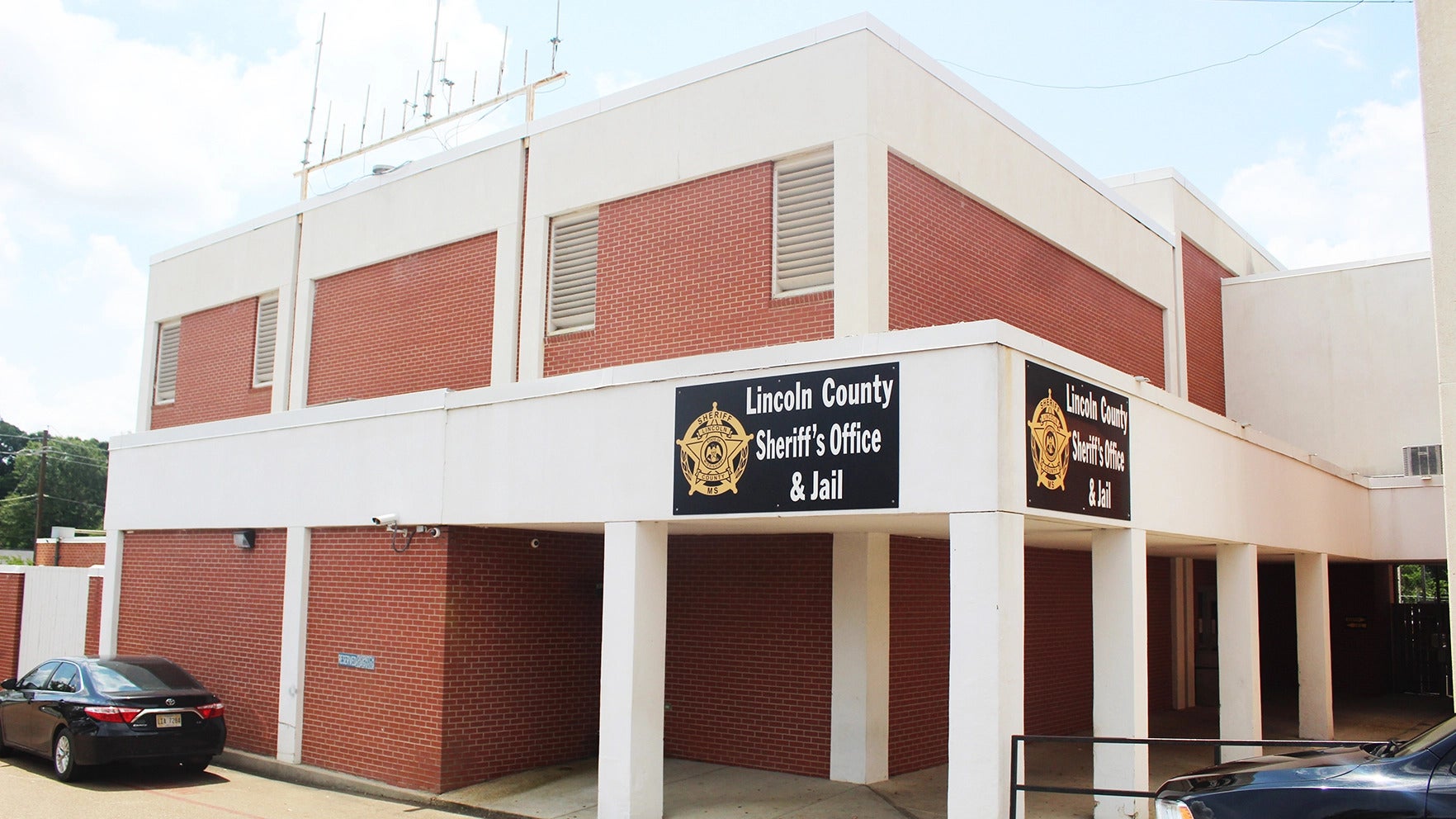Officials: Ballot prep ensures voting security
Published 6:00 am Monday, November 6, 2006
Trust in the electoral system is necessary for democracy tofunction properly.
State and local officials believe they have done all they can toensure that trust before voters go to the polls Tuesday to casttheir ballots in the state’s first general election utilizing newtouch-screen machines.
Seventy-seven of Mississippi’s 82 counties are using Dieboldvoting machines obtained through a state contract arranged bySecretary of State Eric Clark. Two counties, Hinds and Rankin, werealready using voting machines and three counties in northeastMississippi went with another company.
As with anything new, the voting machines have skeptics, saidLincoln County Circuit Clerk Terry Lynn Watkins. Critics of themachines question their accuracy and security of the electronicsused to record votes.
An understanding of the process used to program the machines andsome of the safeguards employed in maintaining their security mayease some of those concerns, Watkins said.
The process begins at the local level, where circuit clerks usethe Statewide Election Management System (SEMS) software providedby the Secretary of State’s office to create a ballot of statewideelections, she said. Circuit clerks then add in the local races,and the proposed ballot is sent to the Secretary of State’s officefor approval.
Once it is approved, the Secretary of State’s office releasesthe ballot information to a printer of the county’s choosing toproduce paper absentee and affidavit ballots, she said.
“Those are the only two ballots we have that are printed now,”Watkins said.
No regular ballots are printed for distribution to pollingprecincts as a backup because they would be unnecessary and wouldbe a waste of taxpayers’ money, she said.
“We always have at least two machines at each precinct,” Watkinssaid. “Some of the bigger precincts will have three machines.”
The machines all have battery backups in case of power failure,she said. Additionally, a number of voting machines are preparedfor the election, but kept in reserve in the electioncommissioners’ office to replace machines should they breakdown.
While a replacement machine is rushed to the precinct, whennecessary, voters can continue to cast ballots on the operatingmachine, although the process would be slowed by half, shesaid.
Response plans are in place, but are untried because they’ve notbeen tested under real situations, Watkins said.
Security on the machines is tight with only a few people havingaccess to them, she said.
Once the Secretary of State’s office has approved the ballot, itis assigned an election code that is only known in that office. Thecounty is issued one security key card, three central administratorcards and a number of supervisor cards equal to the number ofvoting precincts in the county, Watkins said.
Only the circuit clerk has access to the security key card,which can be used to change the machine’s code should it becomenecessary, she said.
The three central administrator cards are used to program eachprecinct’s supervisor card to allow it to set and clear the voteruse cards after each use, she said. The supervisor’s card has noaccess to the programming on the voting machine.
Although some counties may be managed differently, Watkins saidin Lincoln County she also retains all three central administratorcards, which must be used simultaneously with the security key cardto make any changes to the ballot or accuracy programming.
“Every election has a new key code, election code and centraladministrator’s code,” Watkins said. “For you to do anythingaffecting the election, you have to have the new codes.”
Once the machines have been coded, she said, the electioncommissioners test each machine in several ways to check theaccuracy in the total number of votes cast and ensure the votes aredistributed correctly among the candidates. It takes approximately10 to 15 minutes to test each machine.
The last step is to equip the machines with a tamper-proof sealbefore they are set aside until the election, she said.
The machines are moved to the polling precinct by countysupervisors or election commissioners, Watkins said.
Another common complaint among misinformed critics is a lack ofa paper trail to verify the machine’s accuracy, Watkins said.
However, the Diebold machines do have a paper trail and voterscan even view their ballot on paper before casting their vote. Themachine’s paper ballot is located on the right side of the machineunder a cover that must be lifted to view.
Watkins urged residents not to pass on voting because they donot trust or are intimidated by the machines.
“I think we do become complacent (about voting) and it’s a rightand privilege we take for granted sometimes,” Watkins said.
Poll workers have received extensive training in the use of thevoting machines and can help voters who have not yet learned thenew touch-screen voting process, she said.





